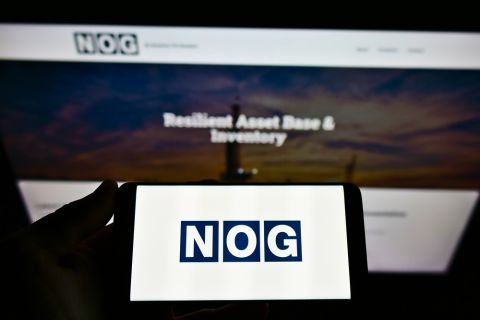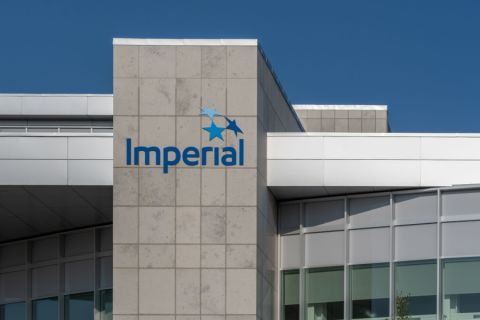Once in awhile a company comes up with a concept that's so unusual that it's considered disruptive. The rationale, seemingly, is, "It's so crazy it might just work!" And often it does.
Take Advanced Seismic. Company founders John Almon and Leron Wells teamed up to develop a Windows-based seismic processing suite that would provide full integration from the cluster, the desktop, and the Cloud using Microsoft's 2008 server stack. While shopping the concept to potential customers at a recent trade show, they happened on a novel idea – why not sell the computing time and give the software away?
We are not talking about cheap software here. The reverse time migration (RTM) algorithm, for instance, can cost upwards of US $1 million to purchase, a daunting figure to a tiny processing shop. With Advanced Seismic's approach, these shops get expensive algorithms for free, paying "as they go" only for compute cycles.
"It's different because many of these companies can't absorb the risk of buying expensive hardware and software up front and then not knowing if they're going to get the processing jobs," Almon said. "Our business model is going to reduce the overall risk for the processing companies."
Almon and Wells began writing software and developed a set of technologies to process data with compute power on demand. The Microsoft platform allows small companies to scale up to the Cloud in a streamlined fashion.
"Instead of having 1,000 nodes for two to three weeks, they can now run the job on 5,000 or even 10,000 nodes and have the job finished in an hour," Almon said.
The company has adopted a service-oriented architecture to ensure only computational sets get sent up by the cluster for computation on the Cloud. "No data is stored on the Cloud, and that solves the security issue," he said. Data are distributed across all available nodes, whether they're cluster-based, desktop-based, or Cloud-based.
What really sets Advanced Seismic apart from the competition, Almon said, is the Windows integration piece that also can run Linux code on the back end. "A lot of people have the science," he said. "It's the modern Windows-based GUI that's a leap forward with the 20- or 30-year-old software that's out there.
"And because it's an open platform, we can take any science and plug it into our system. This enables people to take their code and very easily plug it in. Our system is modular and open." The company also is taking advantage of GPU computing, running both its RTM and radon demultiple algorithms on GPUs. This helps streamline data processing. "If you're doing parallel programming, where every core can process a stream of floating point numbers, you have orders of magnitude difference in the ability to process certain algorithms," he said. In Almon's mind, the data processing industry is more than ready for this type of change. "They've got a code base that's so old," he said. "It was written for UNIX when memory was at a premium. Nowadays, storage is cheap, memory is cheap, and hardware is cheap. "It's time for the industry to see something new and refreshing. Even if people don't buy our software, I think we're shining a light on the darkness of historical platforms that need to be refreshed."
For more information, visit Advancedseismic.com.
Recommended Reading
Supply Disruptions Ahead as Canadian Rail Workers Vote for Strike
2024-05-01 - The union, representing more than 9,000 employees at Canadian National Railway and Canadian Pacific Kansas City, announced that 95% of its members approved of a strike, which could happen as early as May 22.
Vision RNG Expands Leadership Team
2024-05-01 - Vision RNG named Adam Beck as vice president of project execution, Doug Prechter as vice president of finance and Beckie Dille as HR manager.
OGInterview: Building EIV Capital’s Midstream Investment Strategy
2024-05-01 - Midstream-focused EIV Capital has added non-operated assets and transition projects to its portfolio as a sign of the times.
NOG Lenders Expand Revolving Credit Facility to $1.5B
2024-04-30 - Northern Oil and Gas’ semi-annual borrowing-base redetermination left its reserved-based lending unchanged at $1.8 billion.
Imperial Oil Names Exxon’s Gomez-Smith as Upstream Senior VP
2024-04-30 - Cheryl Gomez-Smith, currently director of safety and risk at Exxon Mobil’s global operations and sustainability business, will join Imperial Oil in May.





